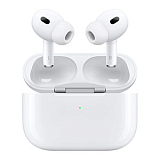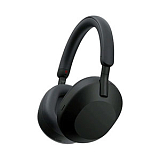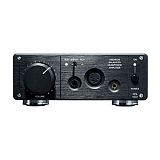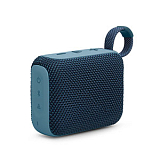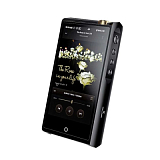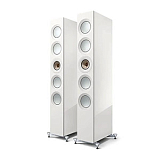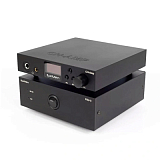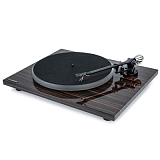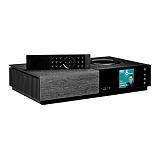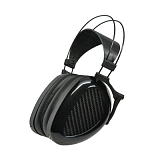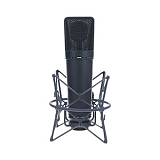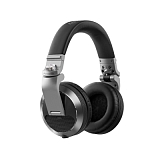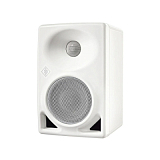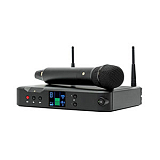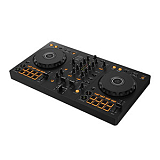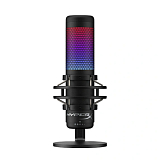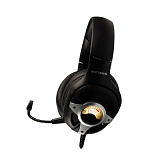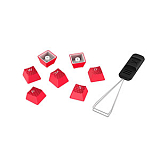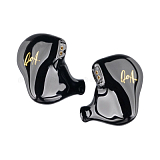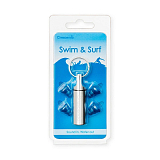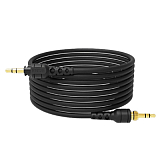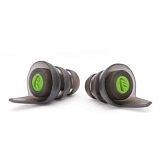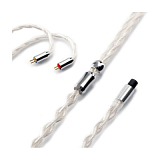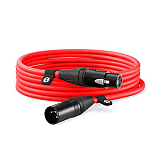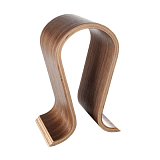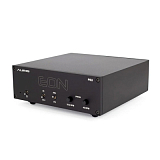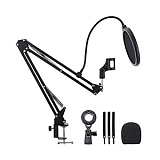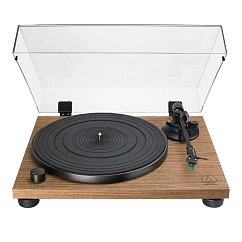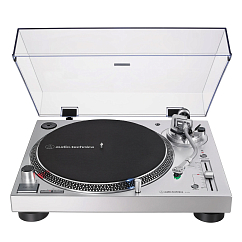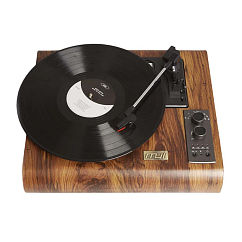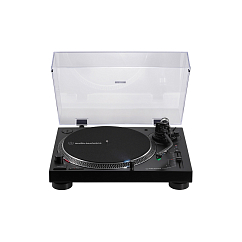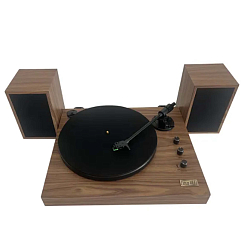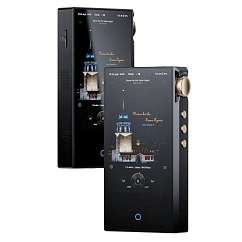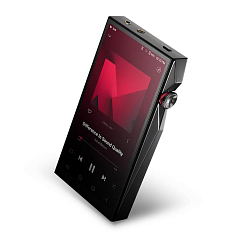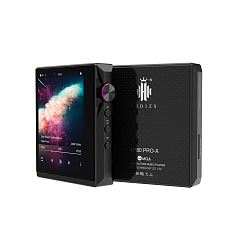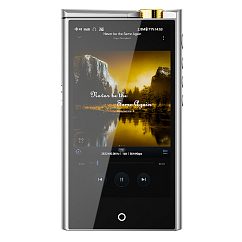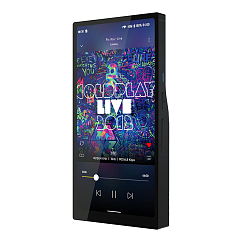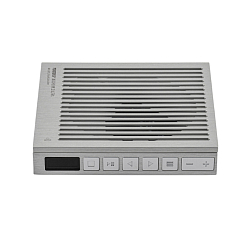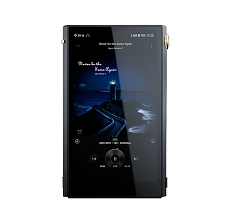The History of Recording and Playback: From the Phonautograph to Streaming
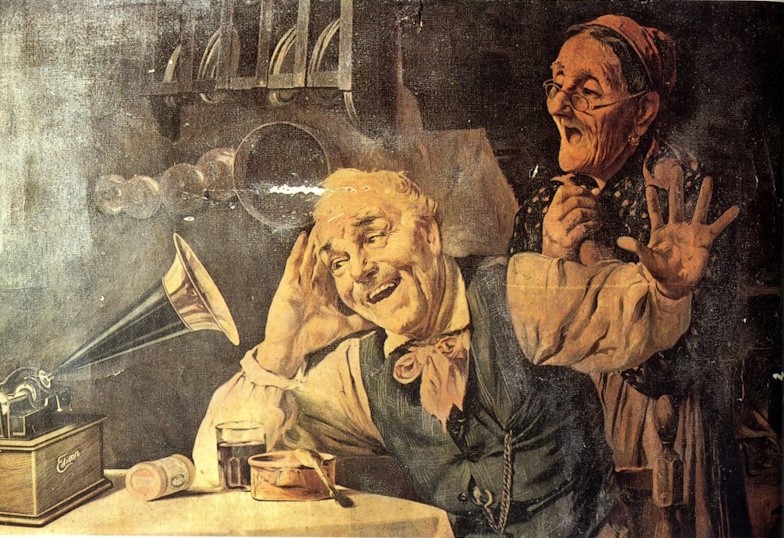
Contents:
- 1857 – Phonautograph: What If We Could "Photograph" Sound?
- 1860 – The First Music Recorded on a Phonautograph
- 1877 – Thomas Edison's Phonograph: The Cylinder is Invented!
- 1877 – The First Microphone: Who Created It?
- 1889 – The Birth of the Recording Industry
- 1920s – The Beginning of Electrical Recording
- 1931 – Binaural Sound (Stereo)
- 1948 – Vinyl: Columbia Records Makes a Breakthrough
- 1964 – The Cassette: Music in Your Pocket
- 1981 – Digital Sound on the Horizon
- The Present – The Era of Streaming
Throughout history, music has always been a companion to us. However, in the grand scheme of things, humanity only learned to record and reproduce it relatively recently. In this article, we present a brief history of sound recording—from its origins to the modern day. You'll be able to listen to the first music ever recorded and answer the question: what came before the gramophone?
Many inventions have multiple inventors. Think of the light bulb or the radio. Therefore, our "brief history" does not aim to cover every process in sound recording. Our goal is to paint a broad picture of the remarkable history of musical media, playback methods, and the pioneers who were ahead of their time. For convenience, we'll proceed in chronological order.
1857 – Phonautograph: What If We Could "Photograph" Sound?
On March 25, 1857, a French inventor was the first to patent a device capable of recording sound, which he called the phonautograph. The device used a cone-shaped horn to capture sound. Vibrations were then transmitted to a flexible diaphragm at the narrow end of the cone, resulting in wavy lines recorded on paper coated with black soot. Although the device could record sound, it could not play it back.
Turntables:
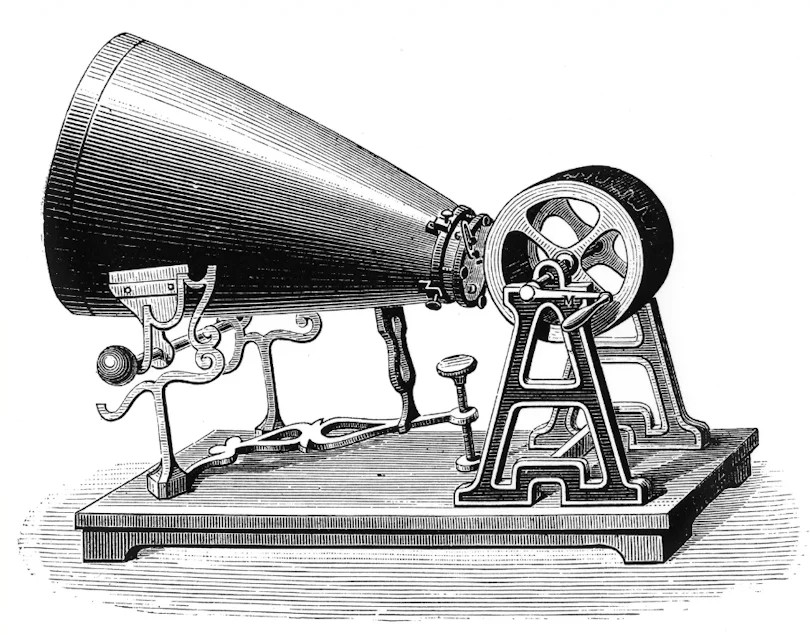
When Édouard-Léon Scott de Martinville first conceived the idea of sound recording, he was an editor and typesetter at a scientific publishing house in Paris. One day in 1853 or 1854, while working on a manuscript about human physiology, a remarkable thought occurred to him. He called it the "reckless idea of photographing the word." If photography could capture fleeting images through lenses modeled after the eye, could a replica of the ear similarly capture spoken words?
1860 – The First Music Recorded on a Phonautograph
In 1860, Scott made several recordings using his invention. He sang songs and recited excerpts from poems and plays in several languages. Along with his earlier experiments, these were the first recordings of the human voice. They were made using technology that would be rediscovered in the 20th century and become the foundation of all communication technologies.
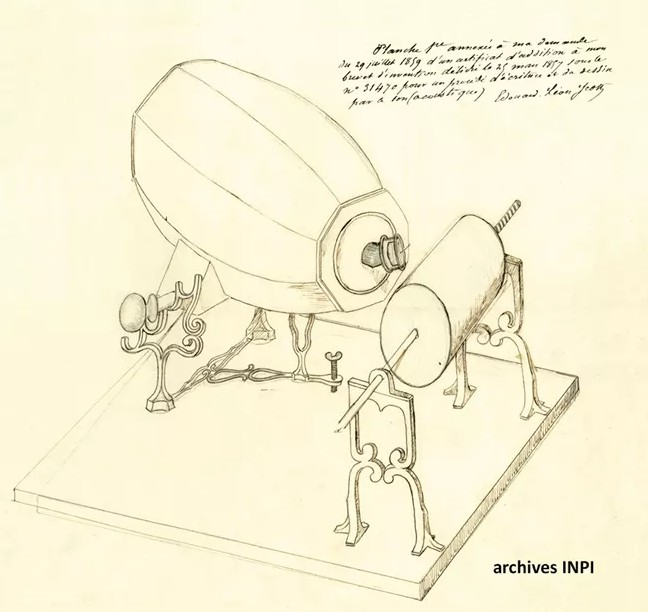
The oldest known recording of the human voice was made using the phonautograph and remained unplayable for over a century. The recording (below) is of a voice singing the 18th-century French folk song "Au clair de la lune"—"In the Moonlight."
1877 – Thomas Edison's Phonograph: The Cylinder is Invented!
In 1885, Thomas Edison wrote, "I haven't heard the birds sing since I was twelve." No one knows exactly how Edison lost most of his hearing. Nevertheless, this man invented the first machine that could capture sound and play it back. In fact, the phonograph was his favorite invention. The first phonograph was invented in 1877 at the Menlo Park laboratory.
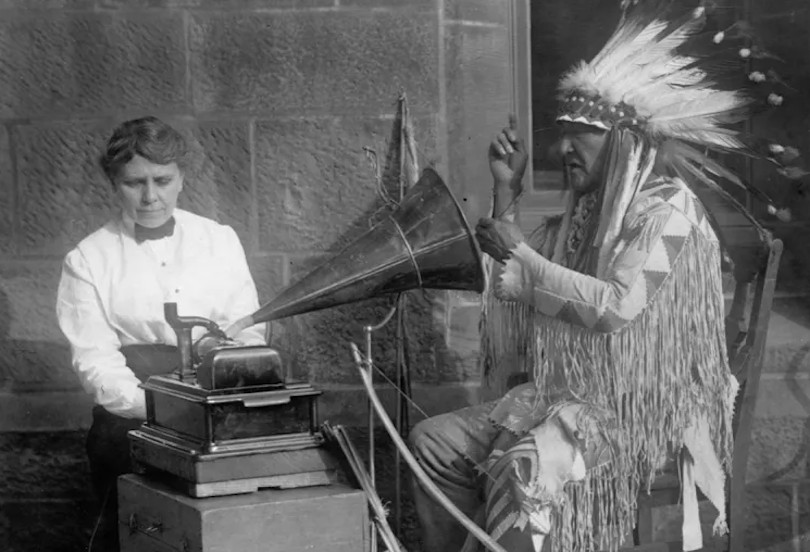
A piece of foil was wrapped around a cylinder in the middle. You would shout a short message into one side of the cylinder while turning a handle. Inside this piece was a needle. The speaker's voice caused the needle to vibrate. Sound vibrations passed through the needle and left a line or groove in the foil. A needle on the other side could play back what had just been recorded. After just a few plays, the foil would tear, and the message could no longer be reproduced. However, this was a revolution! Here is "Daisy Bell"—the original phonograph recording from 1894 with the song's lyrics.
1877 – The First Microphone: Who Created It?
In 1877, Emile Berliner applied for a patent for the carbon microphone. Alexander Bell, who had invented the telephone just a year earlier, realized the practical importance of Berliner's technology. He bought the patent for $50,000—a huge sum at the time. The problem was that Thomas Edison also applied for a patent for the microphone. Competing claims led to a legal battle between Berliner and Edison that lasted a decade and a half. Finally, in 1892, the U.S. Supreme Court ruled: "The carbon microphone is, without a doubt, Edison's invention."
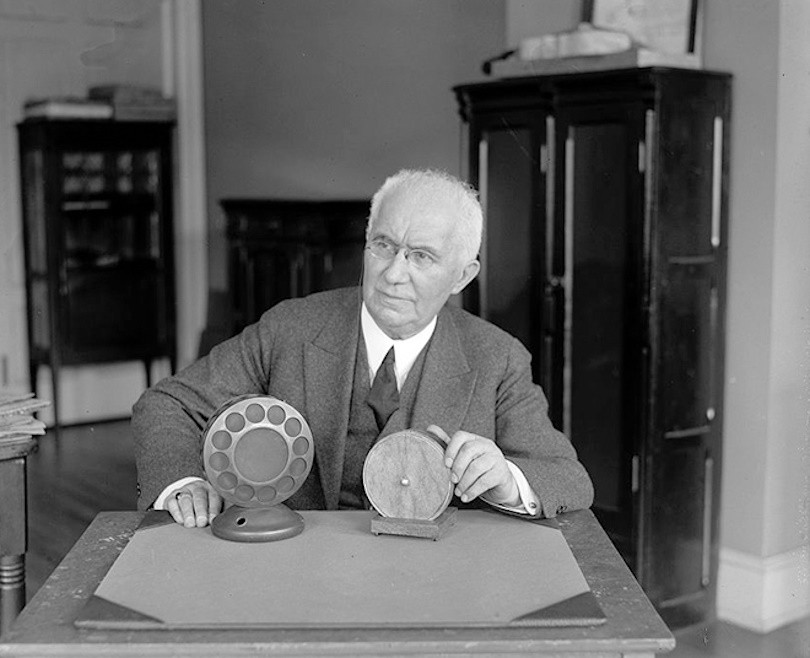
Berliner, who had demonstrated his microphone a year before any patents were filed, was upset, believing that Edison had stolen his ideas. So, who had the stronger claim to the invention, Berliner or Edison? The question remains open. The microphone revolutionized the process of music creation and the music industry as a whole. It allowed sound to be amplified so that music could be heard more easily and over greater distances. The microphone enabled the development of new music genres and gave people the opportunity to listen to music in new ways, such as via radio.
1887 – The Gramophone
Emile Berliner filed a patent for the gramophone, which, unlike the phonograph, could be played multiple times without loss of sound quality. Although it initially played bulky cylinders, it later transitioned to flat discs. The device was invented in Alexander Graham Bell's laboratory by making a series of improvements to Edison's phonograph. For many people, the gramophone symbolizes the beginning of the recording era.
1888 – The Birth of the Record
Berliner invented the flat disc record, which replaced the previously used cylinders. Initially, the discs were made from vulcanized rubber, but Berliner later found that a mixture of shellac and slate dust was a better material.
1889 – The Birth of the Recording Industry
On January 15, Edward D. Easton founded the Columbia Phonograph Company (Columbia Records). The record label was derived from the American Gramophone Company and is now owned by Sony. In 1901, the company began selling records along with the original cylinders.
We suggest tracing the fascinating history of recording companies through the example of Deutsche Grammophon. Our label's history includes stories like "Thomas Edison Removing the Cylinder: Chaliapin Was Recorded on a Gramophone Record," "Strauss at the Piano and the Return of Nipper the Dog," "Dark Times: Depression, Gestapo, and a Submarine with Bach," and other incredible tales in the fate of Deutsche Grammophon.
We suggest tracing the fascinating history of recording companies through the example of Deutsche Grammophon. Our label's history includes stories like "Thomas Edison Removing the Cylinder: Chaliapin Was Recorded on a Gramophone Record," "Strauss at the Piano and the Return of Nipper the Dog," "Dark Times: Depression, Gestapo, and a Submarine with Bach," and other incredible tales in the fate of Deutsche Grammophon.
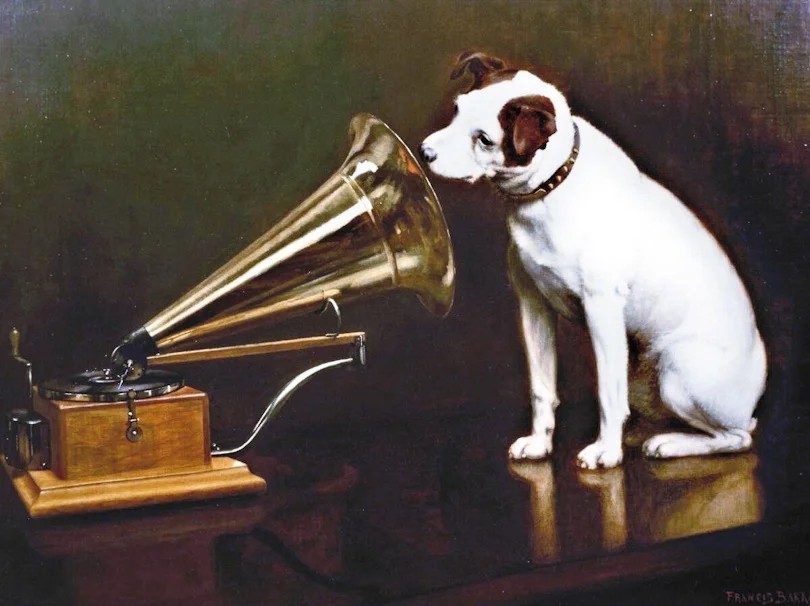
Shortly after companies gained the ability to mass-produce records, the first recording superstars began to emerge. The first of them was Enrico Caruso, an Italian opera singer who recorded under the Gramophone Company label. Caruso eventually earned over a million pounds in royalties.
Here is a recording from February 1, 1904: "Una furtiva lagrima"—a romance from the second act, second scene of the Italian opera L'elisir d'amore.
1920s – The Beginning of Electrical Recording
The first electrical recordings were made in the 1920s by scientists working at Bell Laboratories. These new recordings were an improvement over previous acoustic recording methods, which were limited in sound quality.
Also, in the 1920s, record companies in the United States began using the term "race records" to market music by Black artists to their audience. These records were usually made from lower-quality materials and were not intended to be played on the expensive equipment owned by most white Americans.
The Great Depression of the 1930s brought hard times to the recording industry. Sales of phonographs and records plummeted. Many record companies began recording music on lower-quality materials and producing fewer copies of each record to cut costs.
1928 – Magnetic Tape
In 1928, Austrian-German engineer Fritz Pfleumer patented a type of paper tape coated with iron oxide powder as a sound recording medium. He transferred the rights to use it to "Allgemeine Elektricitäts-Gesellschaft" (AEG). This company presented its "magnetophon" to an astonished public at the Great German Radio Exhibition in August 1935. One reel could hold up to 20 minutes of sound, which was sensational at the time. The magnetic tape was kindly provided by "Badische Anilin- und Sodafabrik," or BASF for short. Since paper tape was prone to tearing, BASF developed the world's first plastic tape in 1936.
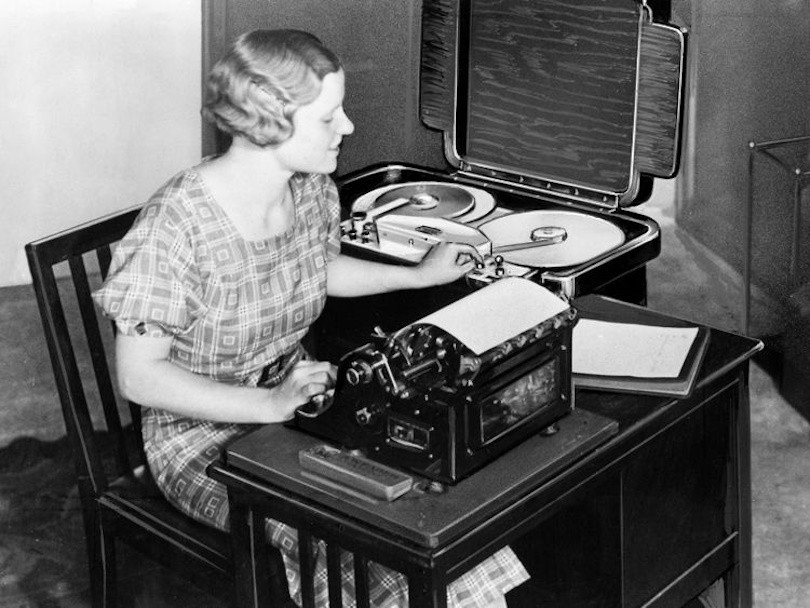
1931 – Binaural Sound (Stereo)
Binaural or stereophonic sound was developed by British electronic engineer Alan Blumlein. The idea came to Blumlein during a nighttime trip to the cinema with his wife. He was annoyed that all the sound came from a single speaker in the corner of the room. He wanted the sound to follow the characters on screen as they spoke. Blumlein's advancements in sound are widely used today and are the way we perceive most movies and music. Walt Disney's Fantasia was the first commercial film to use this technology.
Here is Alan Blumlein’s "Walking and Talking."
1940 – Multitrack Recording
Through his experiments, technician and guitarist Les Paul developed 4- and 8-track recording. Although the technology was still in its early stages, it allowed musicians to record vocals and instruments separately, rather than recording everything at once. Major studios began using this technology in the late 1960s, and some of the first bands to release albums using this method were The Beatles and The Rolling Stones.
1948 – Vinyl: Columbia Records Makes a Breakthrough
The recording industry faced challenges beyond the shortage of shellac. 78 RPM records were limited to five minutes of music on each side, and record companies couldn't figure out how to increase playback time. This problem persisted throughout the 1930s. Western Electric managed to extend playback to 10 minutes per side, but record companies still struggled to achieve significant improvements. In 1939, Columbia Records began searching for new ways to solve this problem.
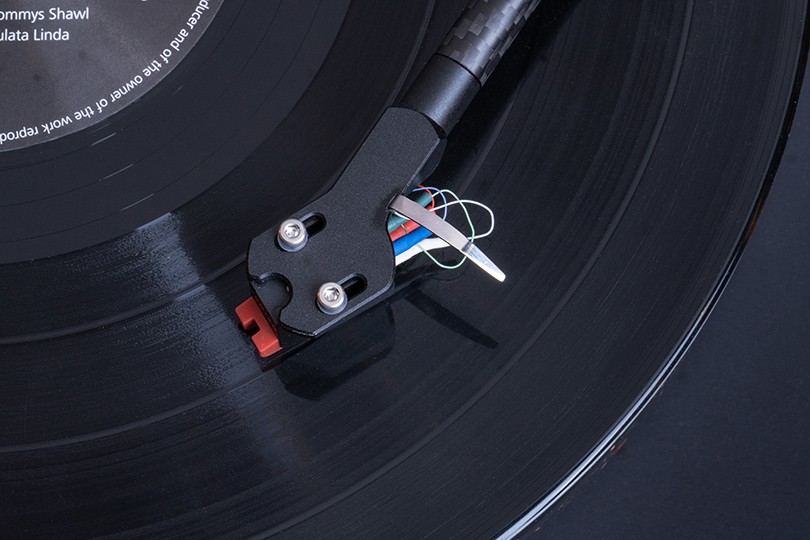
In 1948, the recording industry reached a milestone that forever changed recording and playback technology. Together with Dr. Peter Goldmark, Columbia Records created the 12-inch microgroove long-playing record or LP. Their new LP standardized the 33 1/3 RPM playback speed and provided listeners with 21 minutes of music on both sides. Welcome to the modern full-length album!
1964 – The Cassette: Music in Your Pocket
In 1960, a team at the Philips factory in Hasselt, Belgium, began working on a tape medium that would be both practical and easy to use. The team, led by Lou Ottens, came up with the idea of a durable sound medium that ordinary people could simply take and put in their jacket pocket or handbag. On August 28, 1963, Philips presented the result of their work at the Radio Exhibition in Berlin: the compact cassette and the device to play it—the cassette recorder. The sound quality was initially not impressive, but everything changed with the development of Dolby-B noise reduction in 1968.
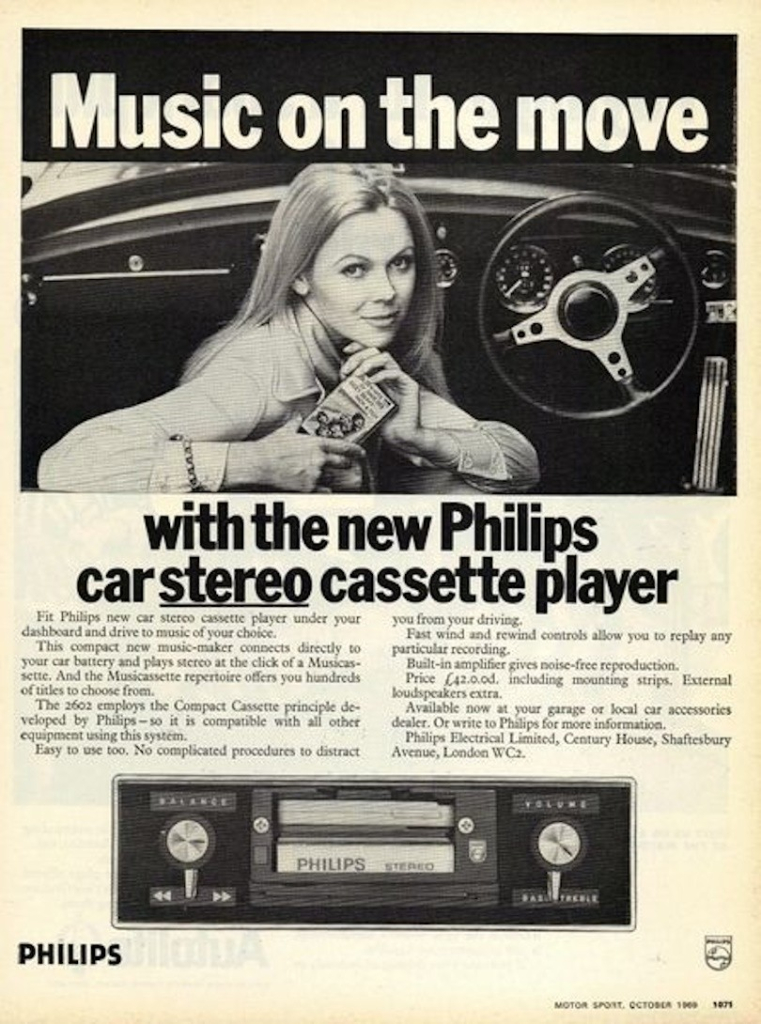
The compact cassette revolutionized and democratized the way music was recorded and listened to. Starting with the practical boombox in the 1970s, now absolutely anyone could record their favorite song from the radio. Or record a vinyl album onto a cassette, which, thanks to the development of dual cassette decks, could now be copied and shared. All this greatly upset the music industry, which launched the campaign "home taping is killing music" in the early 1980s. But this process was unstoppable.
1976 – The First Commercial Digital Recordings
American scientist and founder of Soundstream, Thomas Stockham, was the first to make a digital recording. The company used a 16-track Honeywell tape recorder to create a 16-bit digital audio recording system. The first commercial recording was made at the Santa Fe Opera in 1976 using Stockham's Soundstream tape recorder. 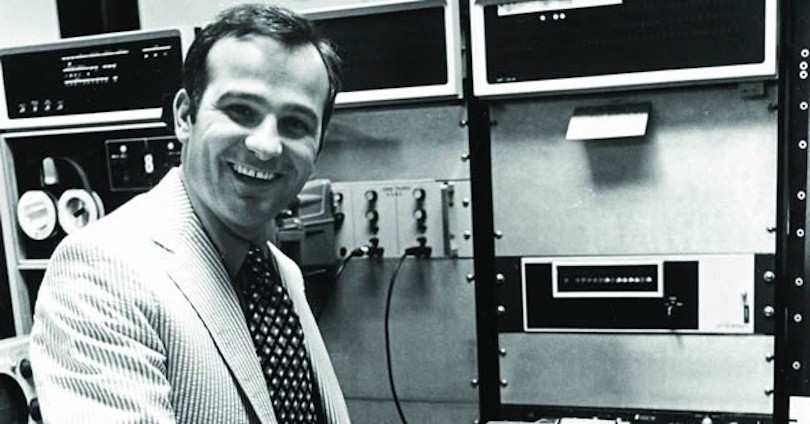
1981 – Digital Sound on the Horizon
The next revolutionary sound medium was introduced in 1981. Philips, Sony, and Polygram joined forces to present the compact disc (CD). This small plastic disc stores information in digital form in microscopic pits, which are then read by a laser and electronically converted into an analog sound signal. Unlike LPs, the new CD does not wear out during playback, takes up less space, and offers a level of sound quality never before achieved. This is also due to digital recording and editing of analog sound signals, which have gradually taken over the recording studio world since the late 1970s.

Players:
1998 – MP3
The first commercially released MP3 player was the MPMan F10. The device was manufactured in Korea by Saehan Information Systems and could hold up to eight songs. In December of the same year, the Diamond Multimedia Rio PMP300 was released (which many mistakenly consider the first MP3 player). On October 23, 2001, Apple introduced the iPod, which could store an astonishing 1,000 songs thanks to MP3 compression. Instead of individual albums, as was the case with the Walkman, the iPod now allowed you to carry an entire music collection with you.
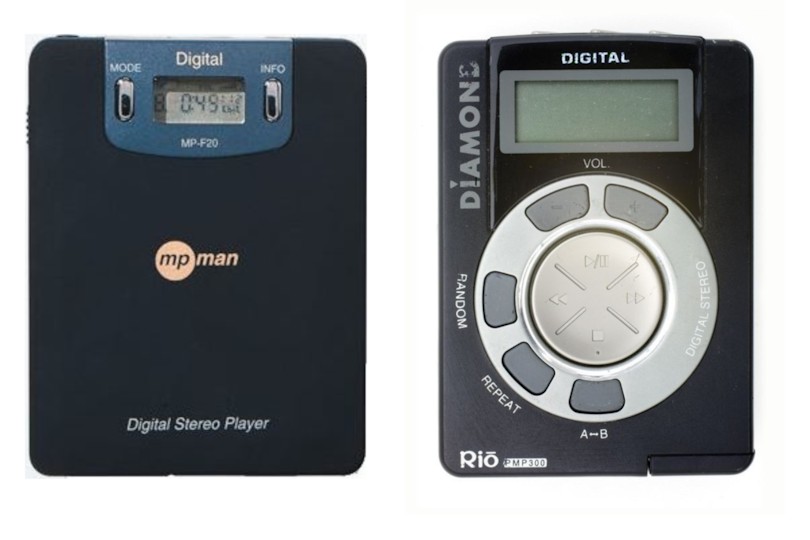
The Present – The Era of Streaming
Streaming music is a method of delivering audio directly to your device without requiring you to download files from the network. In the past, to listen to music on your phone, you had to download it in the desired audio format first. Now, after pressing Play, the music is delivered to the device from the internet in small data packets and played in real-time (streamed). Some streaming services allow you to download music to your device, but this is not always convenient. For a detailed description of streaming, check out our article.
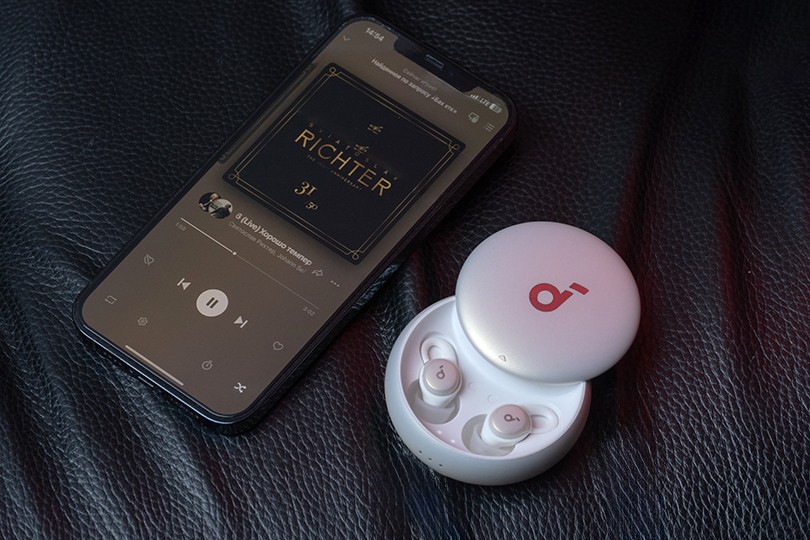
Conclusion
Sound recording and playback have come a long way from their origins in the mid-19th century to the present day. From traces on soot-covered paper to streaming, the 21st century is impressive in that many of the media formats mentioned in this article are experiencing a revival. The huge interest in vinyl alone is worth mentioning—we've covered this phenomenon in a separate article. Cassettes are also gaining popularity. We now have the unique opportunity to choose the listening method and medium that we like and find most convenient.
